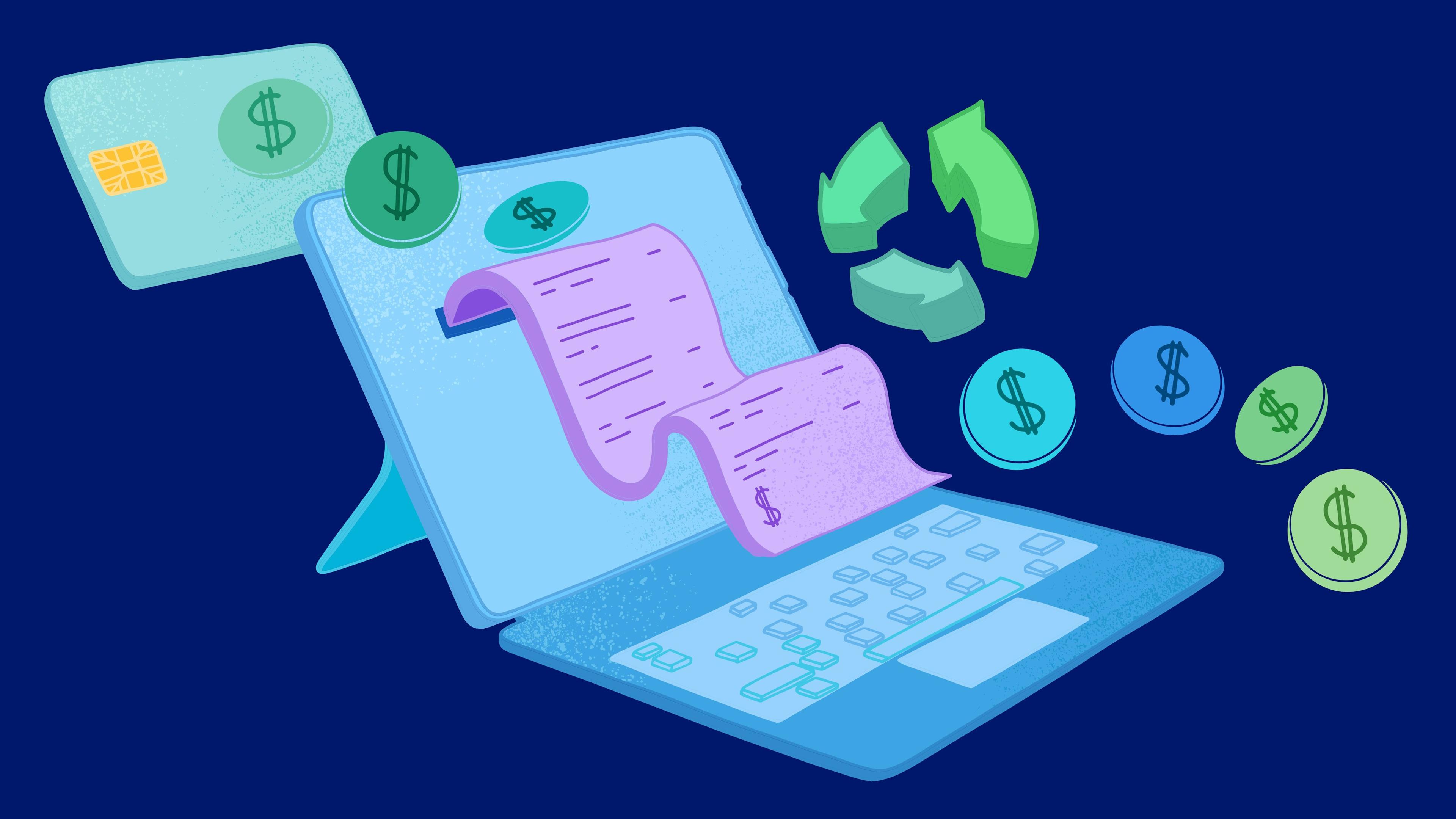When people think about investing, they often focus on finding the right stock, the highest yield, or the trend everyone is talking about. What usually gets less attention is the quiet factor that can make an enormous difference over the next ten, twenty, or thirty years: tax efficiency. For beginners, tax conversations can feel intimidating, full of jargon and small print. Yet learning how to invest in a way that is friendly to your tax situation does not require advanced knowledge. It requires a clear structure, a basic understanding of how returns are taxed, and habits you can repeat consistently.
At its core, tax efficiency is about keeping more of what you earn. Every time you receive interest, dividends, or realise a capital gain, there is a chance that a portion of it will go to the government rather than staying in your portfolio. The aim is not to avoid paying your fair share of tax. The aim is to avoid paying more than you need to, or paying it earlier than you need to, when a few simple choices could have reduced that drag. The earlier in your investing journey you learn this, the more years you give your money to compound with less friction.
Before choosing specific products, it helps to understand the basic ways investment returns are taxed. In many jurisdictions, interest from savings accounts and bonds is treated as ordinary income. This usually means it is taxed at the same rate as your salary. Dividends from shares or funds may be taxed at a different rate, sometimes with special rules depending on whether they are classified as qualified or non qualified. Capital gains, which arise when you sell an asset for more than you paid, are often taxed separately. In some systems, gains on assets held for a short time are taxed more heavily than gains on assets held for a longer period. On top of this, there are investment wrappers, such as retirement accounts, tax advantaged savings plans, or government schemes. Within these wrappers, your investments may grow tax free, or you may receive a deduction when you contribute. The details vary by country, but the pattern is similar. Understanding this pattern is enough to start planning.
A helpful first step is to map out your situation. Where are you tax resident. Are you employed or self employed. Do you have access to employer sponsored retirement plans, national schemes, or individual retirement accounts. How long will you keep your money invested before you need to use it for housing, education, or retirement. Tax efficient investment strategies for beginners should always begin with these questions, because there is no single solution that suits every system. A young professional in Singapore with CPF, a mid career expat in Hong Kong, and a British professional contributing to workplace pensions all face similar principles but different rules.
Once you have a rough picture, the next step is to prioritise tax advantaged accounts. In many systems, retirement schemes give you either tax relief on contributions, tax free growth, or tax free withdrawals later on, sometimes a mix of these. When you invest through such accounts, you defer or reduce the tax that might otherwise apply each year to interest, dividends, and gains. This means more of your return stays invested and continues compounding. As a beginner, you do not need to fill every available account to the maximum on day one. What matters is building a habit of using these structures rather than investing only through fully taxable accounts. Even a small monthly contribution into a retirement wrapper can grow significantly if given enough time.
After taking care of retirement and similar schemes, you can think about how to place different types of investments into different types of accounts. This is sometimes called asset location. The idea is simple. Investments that are taxed more heavily, or that generate frequent taxable distributions, are usually better placed inside tax advantaged accounts. Investments that are already relatively tax efficient can sit in regular accounts without creating too much drag. For example, high yield bond funds or actively traded funds that realise gains frequently may be more tax heavy, while broad market index funds with low turnover tend to be more tax gentle. If your local rules allow, placing the more heavily taxed investments inside accounts with tax shelter allows you to reduce the yearly tax cost.
You can think about asset location using a simple mental picture. Imagine you have three containers. One container is highly tax friendly, such as a retirement account where growth is not taxed each year. The second container is moderately tax friendly, perhaps a scheme where you receive some benefit on contributions or where certain types of income are treated kindly. The third container is your ordinary investment account with no special treatment. If you are deciding what to put where, you would usually place the least tax efficient investments into the most protective container. You would then fill the next containers with what remains. It is a quiet optimisation, but over a decade or more, the cumulative difference can be meaningful.
The type of products you choose also matters. For long term investing, funds and exchange traded funds that track broad indexes are often more tax efficient than highly active strategies that buy and sell frequently. Low turnover means fewer realised gains each year, which in turn can reduce your annual tax bill. Some funds are designed to accumulate income inside the fund instead of distributing it frequently to you, which may be more efficient in certain systems. Again, the exact rules depend on where you are located, but the pattern is the same. Simpler, broadly diversified, low turnover products tend to be kinder on taxes and costs than constantly trading individual positions.
Alongside product choice, your own trading behaviour plays a substantial role. New investors sometimes feel the urge to act whenever markets move or headlines turn noisy. Frequent buying and selling can trigger repeated realisation of capital gains. Even if each trade seems small, the combined tax bill over years can reduce your compounded return. A more tax efficient habit is to define a long term allocation that suits your risk tolerance and timeline, contribute regularly, and rebalance infrequently and thoughtfully. Rebalancing once or twice a year, or when your portfolio has drifted meaningfully from your target, is often enough. This approach keeps your strategy aligned with your goals without generating unnecessary taxable events.
Another habit that protects tax efficiency is to be deliberate about how you realise gains and losses. In some jurisdictions, you may be able to offset gains with realised losses, reducing the net amount on which you are taxed. This is often called tax loss harvesting. The idea is not to create losses for the sake of tax, but to make use of losses that already exist, especially after a market downturn, by selling a losing position and reinvesting in a similar but not identical asset. There are rules and restrictions that vary by country, so it is important to understand them or seek professional advice. For beginners, the key is to recognise that the timing of when you sell an investment can influence your net tax position, not just your market outcome.
It is also worth paying attention to how your investments interact with your income level. In some countries, certain rates for capital gains or dividends depend on your overall taxable income. Realising a large gain in a year when your salary is already high can push more of that gain into a higher tax bracket. If you know you will have a lower income year ahead, for example during a planned sabbatical or transition, it may be more efficient to time some realisations then. This kind of planning is more advanced, but even at a beginner level you can start asking simple questions. Am I about to trigger a large gain unnecessarily. Does this sale support a concrete goal, or is it a reaction to short term market noise.
While tax efficiency is important, it should never completely override the basics of sound investing. A tax benefit is not a good reason to buy a poor quality product, lock yourself into something inflexible that does not suit your life, or take on more risk than you can handle. Sometimes new investors are tempted by complex tax driven schemes that promise savings but come with high fees, opaque risks, or long lock in periods. A helpful guiding question is this. If the tax benefit did not exist, would this still be a sensible investment for me, given my goals, time horizon, and comfort with risk. If the honest answer is no, it is usually better to walk away.
Equally, it is easy to underuse simple tax benefits because they feel unexciting. Contributing regularly to a plain retirement account, using a straightforward index fund, and holding it for decades does not sound like a clever strategy at a dinner conversation. Yet for many professionals, that is where a large portion of their eventual wealth growth happens. Tax efficiency is often less about clever maneuvers and more about disciplined use of the structures that already exist. When you combine that with a clear budget, appropriate insurance, and an emergency fund, you build a solid base that supports more flexibility later.
Documentation is another quiet piece of the puzzle. Keeping clear records of what you bought, when you bought it, and at what price helps you calculate gains accurately and avoid paying more tax than necessary. Many platforms provide statements and reports, but it is still wise to maintain your own simple log, especially if you hold assets across multiple providers or in different countries. If you are a cross border professional or expat, this becomes even more important, because different tax authorities may treat the same asset differently. Having accurate records reduces stress when it is time to file, and makes it easier to work with a tax professional if your situation becomes more complex.
For beginners who feel overwhelmed, it can help to think in stages rather than trying to solve everything at once. In the first stage, your priority might be to start investing consistently, build an emergency fund, and make basic use of any obvious tax advantaged accounts, such as an employer plan or national retirement scheme. In the second stage, once this habit is in place, you can refine your asset location, making sure that less tax efficient investments are placed in more protective wrappers as far as possible. In the third stage, as your portfolio grows, you can pay more attention to the timing of realisations, opportunities to offset gains and losses, and cross border issues if they apply to you. Each stage builds on the previous one.
Throughout this journey, you do not need to become your own tax expert. It is reasonable to seek guidance, especially when you are making decisions that involve large sums or when your life circumstances change, such as marriage, relocation, starting a business, or preparing for retirement. A qualified tax advisor or financial planner who understands your jurisdiction can help you navigate the specific rules. Your role is to understand the principles well enough to ask good questions. For example, you might ask how your investment plan will be taxed over time, whether there are simple ways to improve its efficiency, and what trade offs are involved.
In the end, tax efficient investment strategies for beginners are less about secret tactics and more about calm alignment. Align your accounts with the structures your country offers. Align your product choices with low cost, diversified, low turnover options that minimise unnecessary taxable events. Align your behaviour with a patient, long term approach that reduces the need to trade constantly. And align your expectations with the understanding that small improvements in tax efficiency, repeated year after year, can add up to a significant difference in your eventual financial freedom.
If you are just starting, you might begin by answering three questions. Which tax advantaged accounts am I eligible for, and am I using them at all. Are my investments largely low cost and diversified, or am I taking on unnecessary turnover and complexity. Do I understand, even at a basic level, how my returns will be taxed each year. From there, you can adjust one piece at a time. Investing does not have to be perfectly optimised from the first day. It has to be thoughtful, repeatable, and grounded in structures that quietly support you instead of working against you. The smartest plans are often the ones that are not loud. They are consistent, well aligned, and designed to let compounding and tax efficiency do their quiet work over time.









.jpg&w=3840&q=75)


.jpg&w=3840&q=75)

